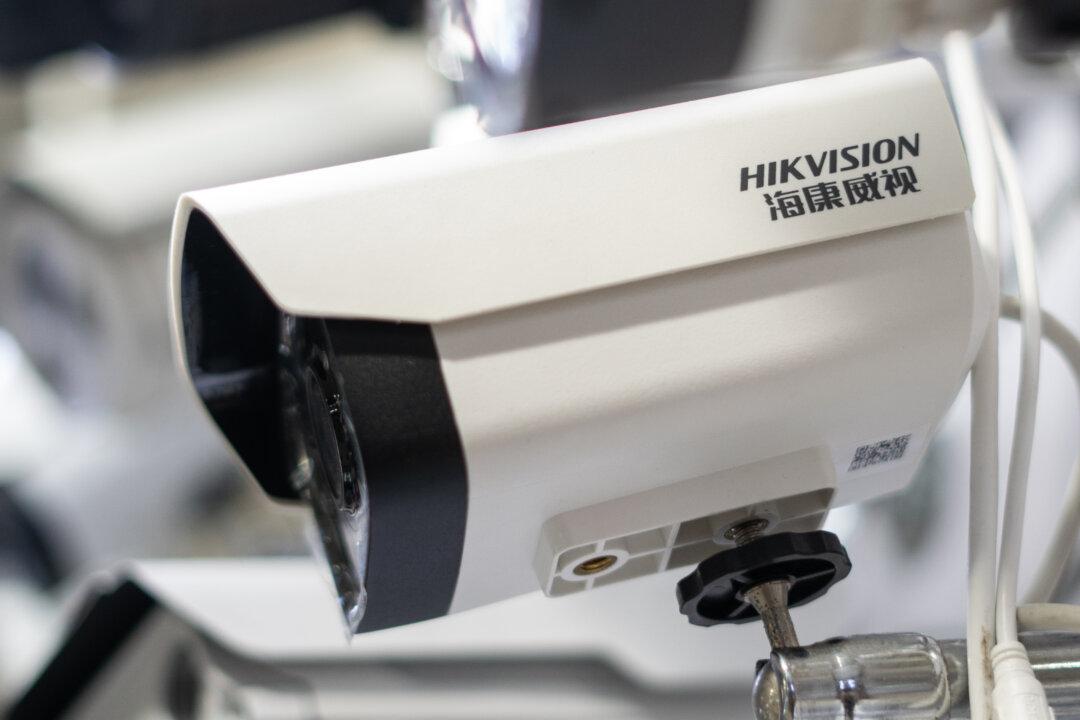The world’s largest video surveillance company Hikvision is currently listed as a threat to U.S. national security. The company’s newly released annual report shows that a Chinese military industrial group is its controller.
In the past two years, Hikvision has been blacklisted by Washington authorities because of its relationship with Chinese military and the security risk it brought to the United States. Hikvision previously denied its connection with the Chinese military and asked the White House to allow it to do business in the U.S. market.





